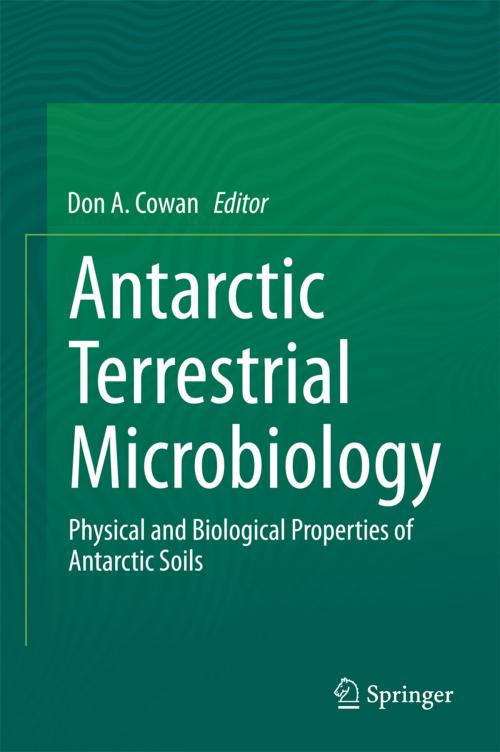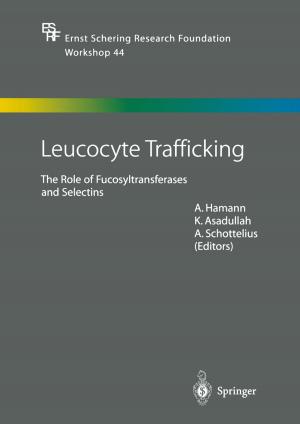Antarctic Terrestrial Microbiology
Physical and Biological Properties of Antarctic Soils
Nonfiction, Science & Nature, Science, Biological Sciences, Bacteriology, Microbiology| Author: | ISBN: | 9783642452130 | |
| Publisher: | Springer Berlin Heidelberg | Publication: | July 8, 2014 |
| Imprint: | Springer | Language: | English |
| Author: | |
| ISBN: | 9783642452130 |
| Publisher: | Springer Berlin Heidelberg |
| Publication: | July 8, 2014 |
| Imprint: | Springer |
| Language: | English |
This book brings together many of the world’s leading experts in the fields of Antarctic terrestrial soil ecology, providing a comprehensive and completely up-to-date analysis of the status of Antarctic soil microbiology.
Antarctic terrestrial soils represent one of the most extreme environments on Earth. Once thought to be largely sterile, it is now known that these diverse and often specialized extreme habitats harbor a very wide range of different microorganisms.
Antarctic soil communities are relatively simple, but not unsophisticated. Recent phylogenetic and microscopic studies have demonstrated that these communities have well established trophic structuring and play a significant role in nutrient cycling in these cold and often dry desert ecosystems. They are surprisingly responsive to change and potentially sensitive to climatic perturbation.
Antarctic terrestrial soils also harbor specialized ‘refuge’habitats, where microbial communities develop under (and within) translucent rocks. These cryptic habitats offer unique models for understanding the physical and biological ‘drivers’ of community development, function and evolution.
This book brings together many of the world’s leading experts in the fields of Antarctic terrestrial soil ecology, providing a comprehensive and completely up-to-date analysis of the status of Antarctic soil microbiology.
Antarctic terrestrial soils represent one of the most extreme environments on Earth. Once thought to be largely sterile, it is now known that these diverse and often specialized extreme habitats harbor a very wide range of different microorganisms.
Antarctic soil communities are relatively simple, but not unsophisticated. Recent phylogenetic and microscopic studies have demonstrated that these communities have well established trophic structuring and play a significant role in nutrient cycling in these cold and often dry desert ecosystems. They are surprisingly responsive to change and potentially sensitive to climatic perturbation.
Antarctic terrestrial soils also harbor specialized ‘refuge’habitats, where microbial communities develop under (and within) translucent rocks. These cryptic habitats offer unique models for understanding the physical and biological ‘drivers’ of community development, function and evolution.















